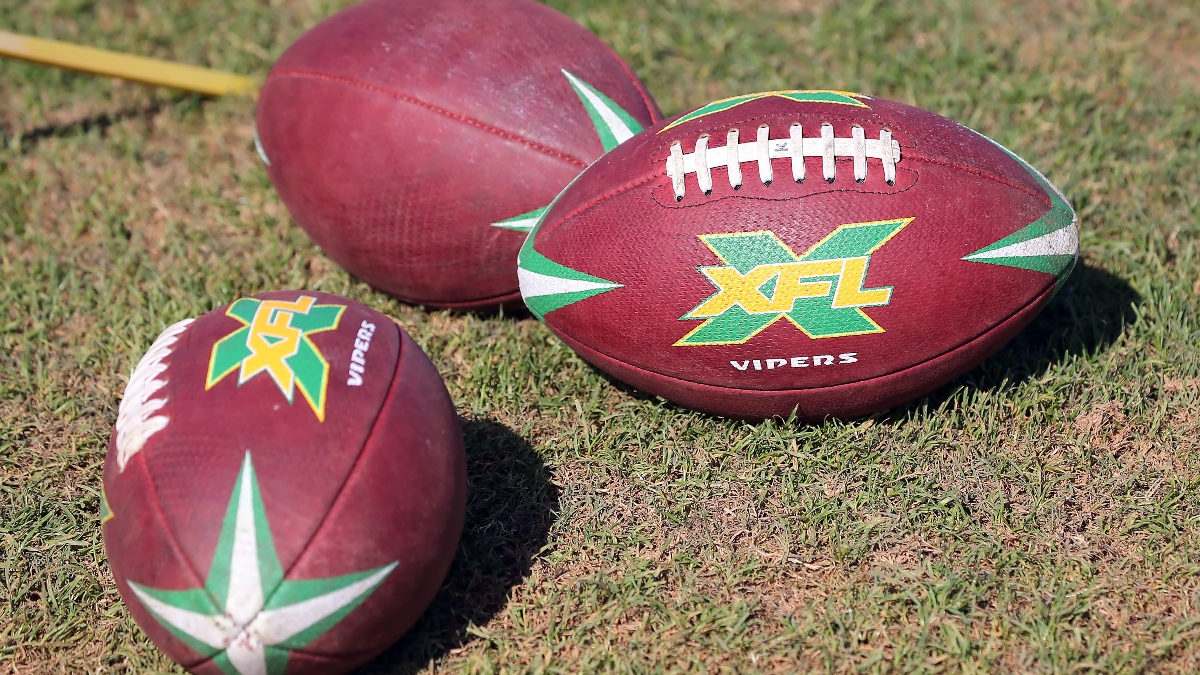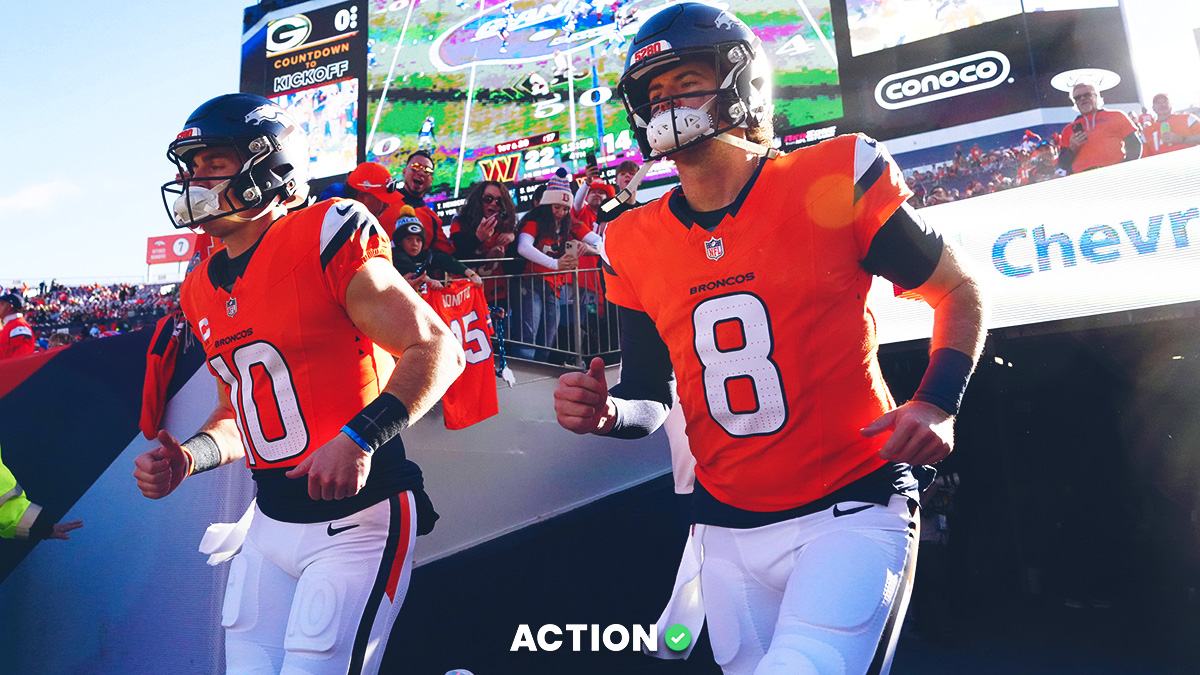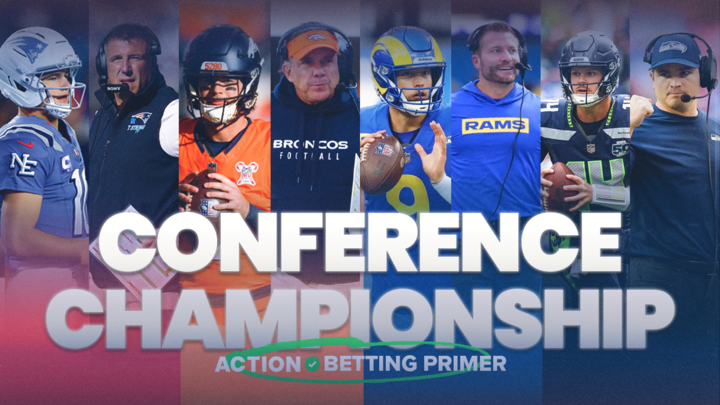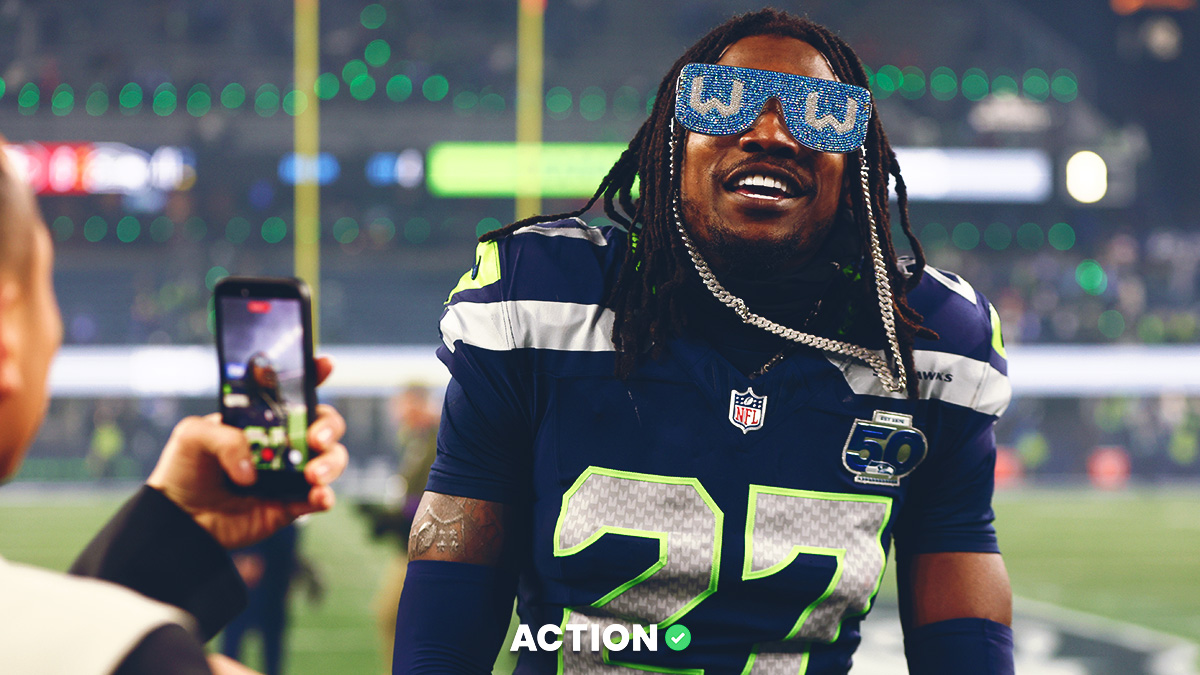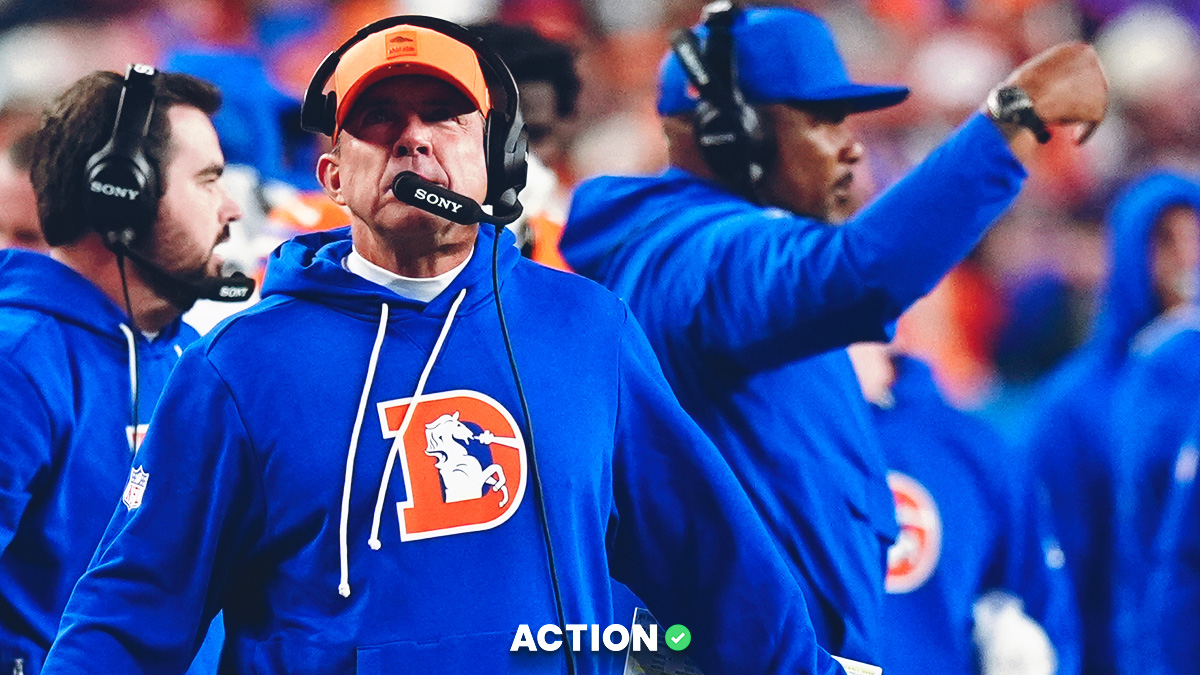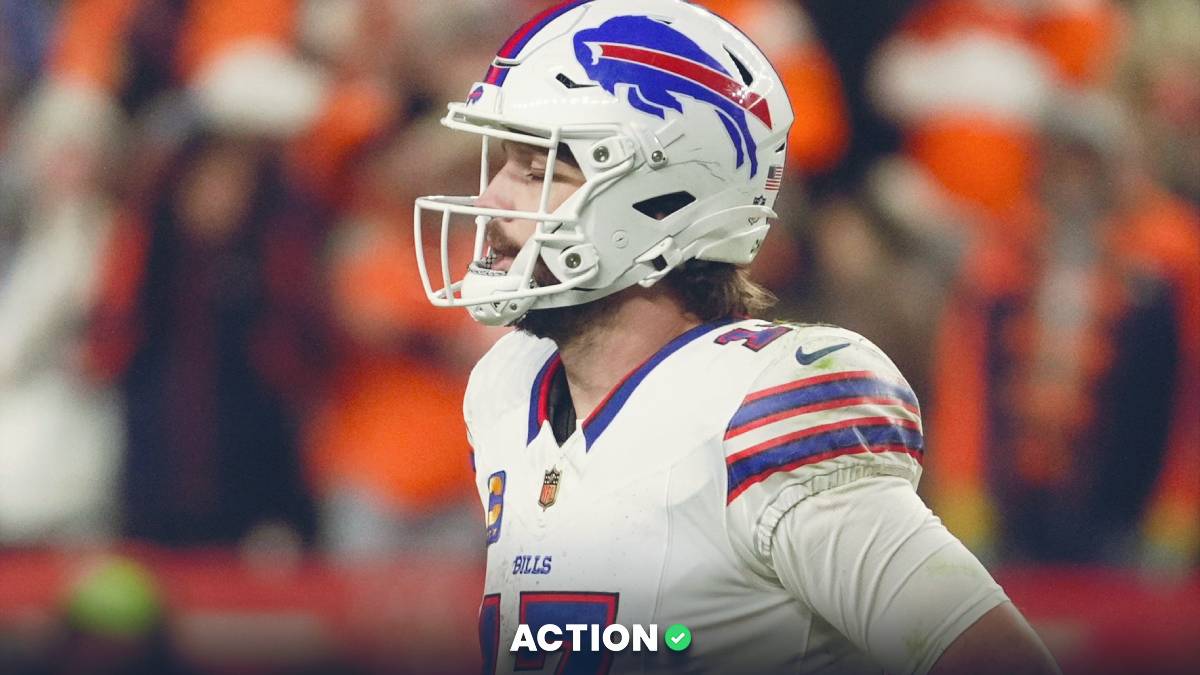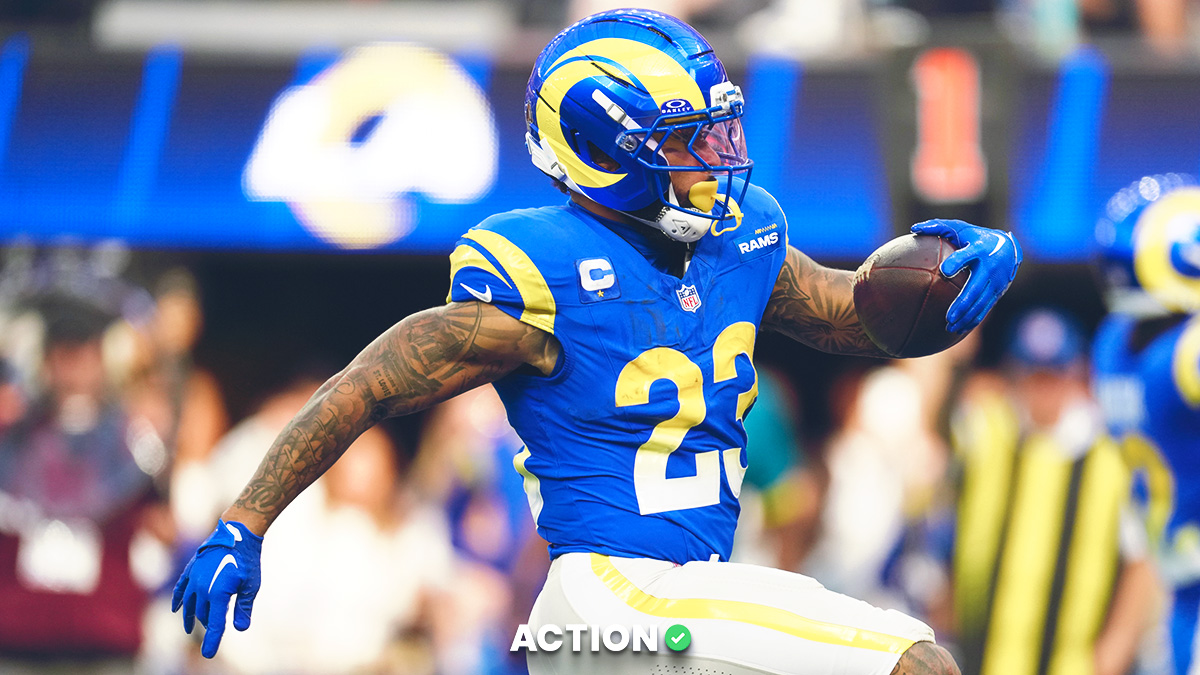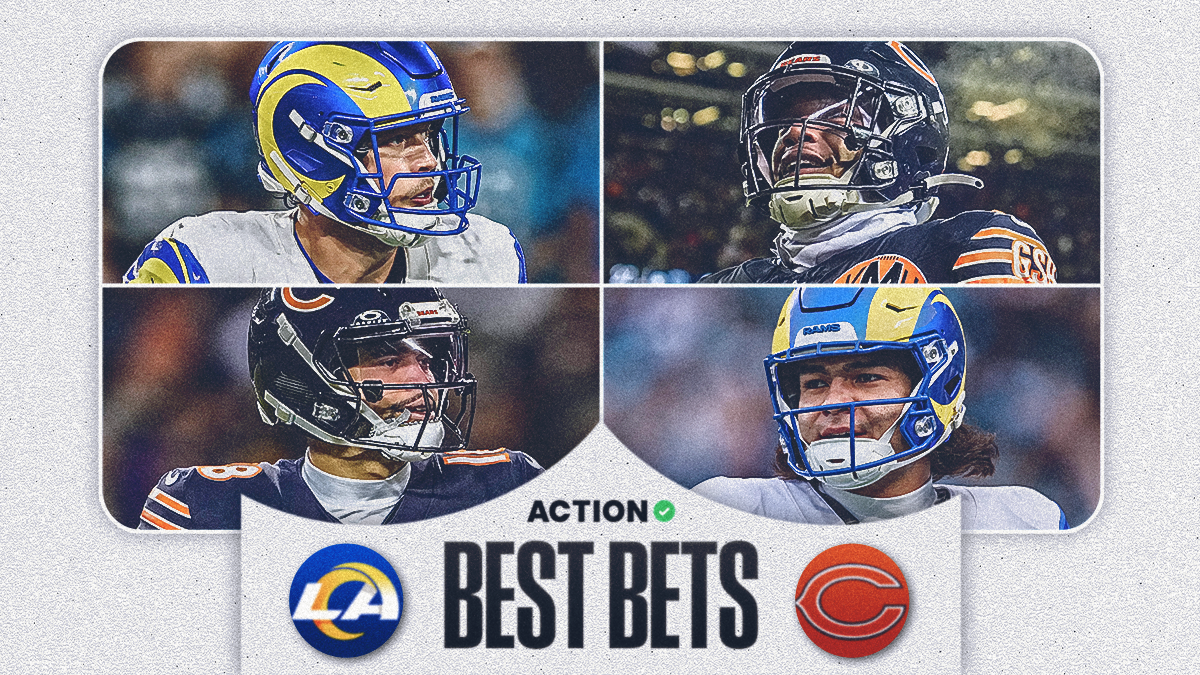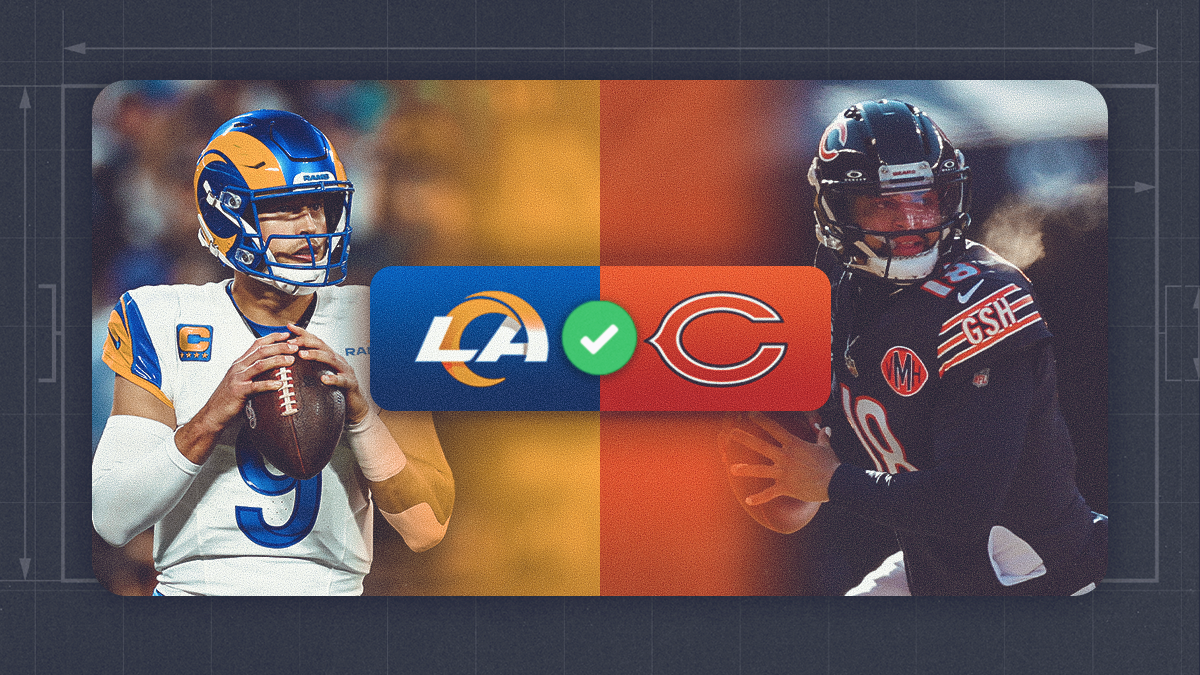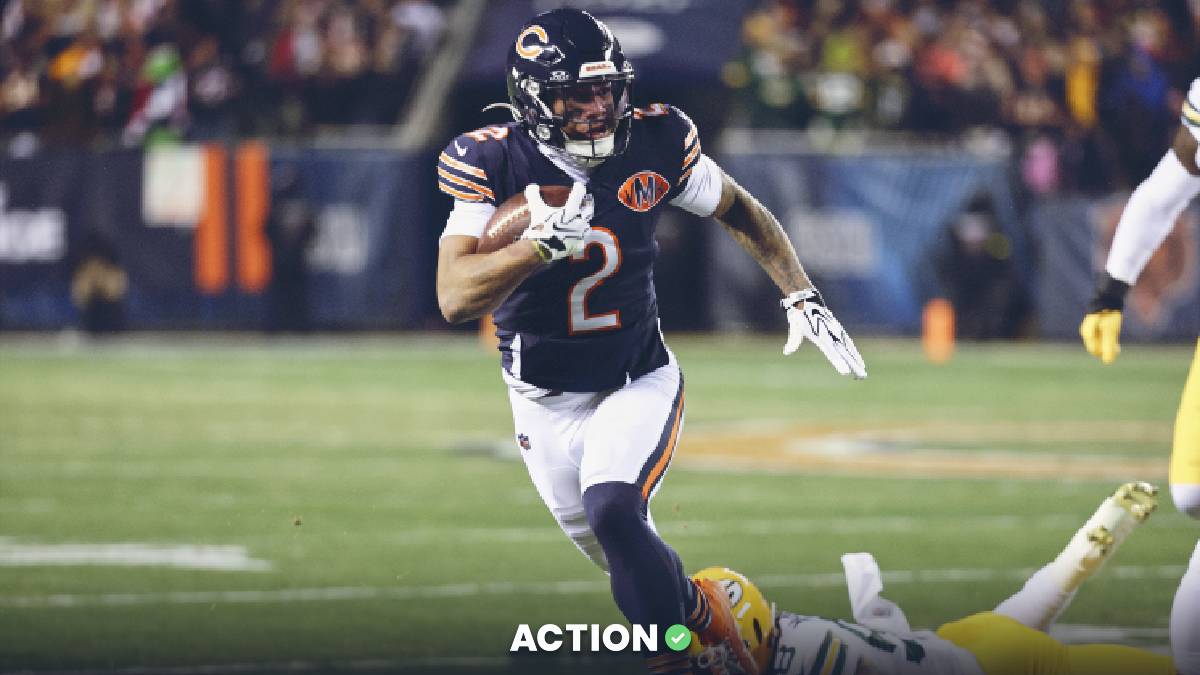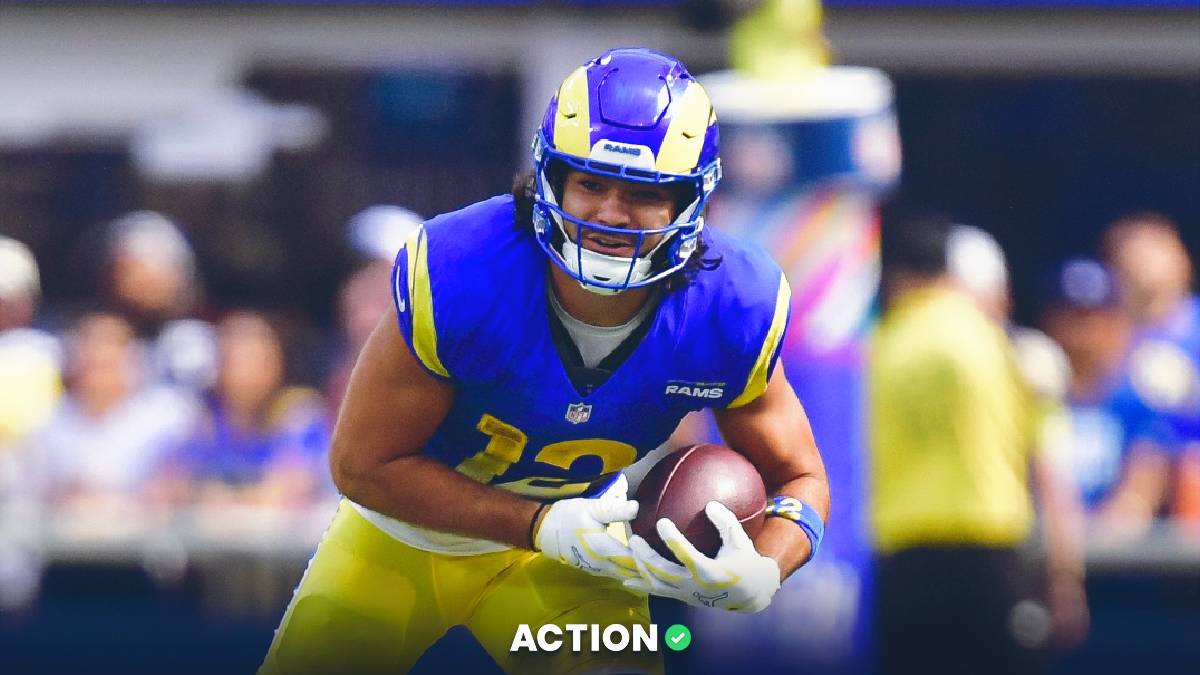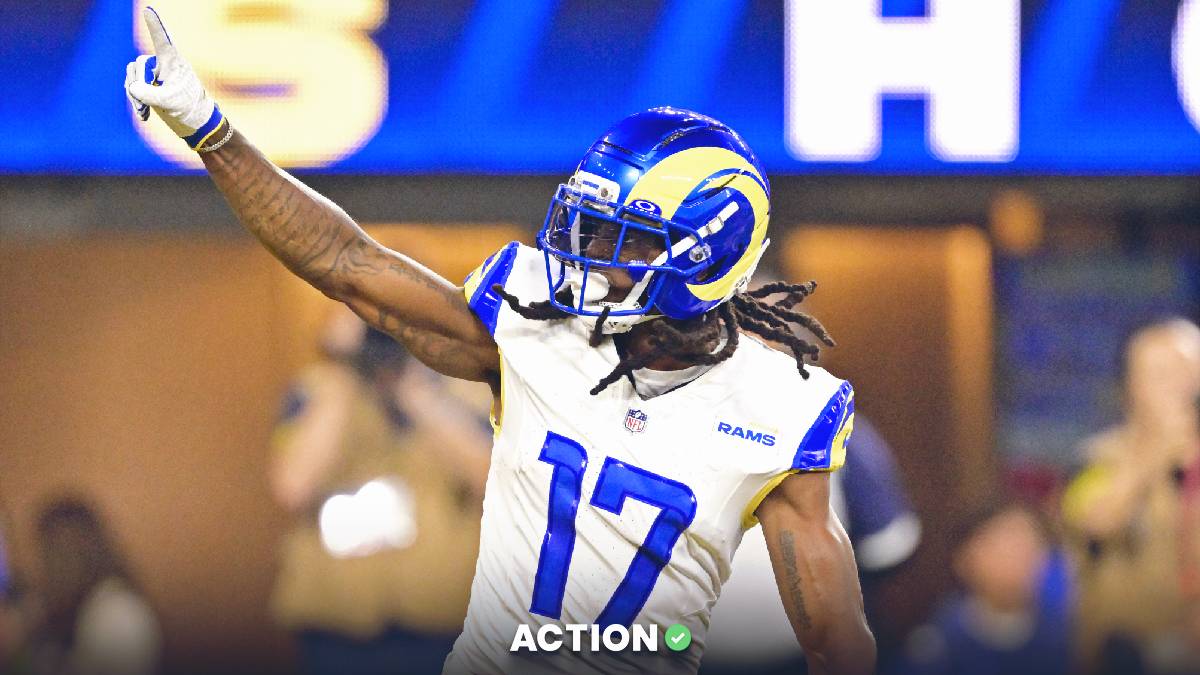The XFL — an eight-team American football league owned by Vince McMahon's Alpha Entertainment — kicks off on Saturday, February 8.
Get ready to rumble!
Today (Jan. 8), the XFL released its rules, and there's a lot for sports fans and bettors to be excited about.
Specifically, the XFL has five gameplay innovations that all bettors will probably like and certainly should know.
The XFL Kickoff: More Returns, More Yards, More Player Safety
XFL Rule
- The kicker kicks from the 25-yard line and must kick the ball in the air and in play between the opponent’s 20-yard line and the end zone.
- The coverage team lines up on the return side 35-yard line and the return team lines up on the 30-yard line. Each team must have exactly 3 players outside the hash marks on both sides of the ball and cannot move until the ball is caught by the returner.
- Out of bounds kicks and kicks that fall short of the 20-yard line will result in an illegal procedure penalty, taking the ball all the way out to the kicking team’s 45 yard line.
- Players can move when the ball is touched by the returner or 3 seconds after the ball touches the ground (when the official waves his hand down).
- If the ball is kicked into the end zone and is downed it is a “Major” touchback and the ball is placed at the return side 35-yard line.
- If the ball bounces in bounds and then out of the end zone or is downed in the end zone, the ball is placed at the return side 15-yard line.
- If a player on the return team touches the ball and it goes out of bounds, the ball is spotted where it went out of bounds.
- If a team wishes to run an onside kick, it must indicate this to the official before the play and the two teams will be permitted to line up using traditional NFL rules (i.e. 10 yards apart from the kicking team). There will be no surprise onside kicks.
Current NFL/College Rule
- The NFL kicks off from the 35-yard line, with 5 players on each side of the ball. The ball can be kicked out of the end zone for a touchback or out of bounds and placed at the 40-yard line.
- College also kicks off from the 35-yard line and allows return teams to take a touchback for any kickoff fair caught inside the 25-yard line.
Freedman's Take on the XFL Kickoff
Because the kicker is starting 10 yards farther back, there will be more opportunities for returns, and because a touchback will put the ball at the 35-yard line, kickers will be disincentivized from kicking to the end zone.
Because the kicking team cannot move until the ball is caught by the returner, it will likely be easier for the receiving team to advance the ball for significant yardage on returns, which will translate into higher-scoring games.
And who doesn't love more points?
Additionally, the lack of a running start for the kicking team should result in fewer injuries.
The XFL Point-After Touchdowns: Key Numbers Matter Less
XFL Rule
- After a touchdown, the team has the option of running a play from the 2, 5, or 10-yard line, worth 1, 2, or 3 points respectively. The team must run an offensive play and no kicking plays are allowed.
- If the defense is able to cause a turnover and return the ball to the opponent’s end zone, the resulting score is equal to the number of points the offense was attempting to score on its PAT.
Current NFL Rule
In the NFL, teams can elect whether to go for a kicked extra point or go for a 2-point conversion.
Freedman's Take on the XFL Point-After Touchdown
When betting against the spread in the NFL, you need to pay attention to key numbers because of how scoring is distributed. Since points are normally scored in increments of three and seven — and sometimes two, six and eight — the significance of the spread increases around key numbers such as three, six, seven, 10, 13, 14 and 17.
Without the near-automatic point-after kick, key numbers will be far less important, especially since there are three point-after touchdown options, all of which have an elevated degree of uncertainty.
For the XFL, the difference between a spread of six and seven won't mean nearly as much as it does in the NFL.
The XFL Punt: Fewer Punts, More Returns, More Yards
XFL Rule
- Punting team cannot release past the line of scrimmage until the ball is kicked.
- Gunners must line up at the line of scrimmage and are permitted to move laterally once the ball is snapped until it is kicked.
- Defenders over the gunner cannot cross the line of scrimmage until the ball is kicked.
- If the ball goes out of bounds inside the 35-yard line, it is a “Major” touchback and the ball goes to the 35-yard line.
- If a punted ball lands in the opponent’s end zone or goes out of the end zone the result is a “Major” touchback, and the ball goes out to the 35-yard line.
- Fair catches are permitted (though disincentivized – see Rationale)
Current NFL/College Rule
The NFL allows players that are the end man on the line of scrimmage (often called the “gunner”) to release once the ball is snapped, and all other players release when the ball is kicked. If a ball is kicked out of bounds it is placed at the spot it leaves the field of play.
College allows all players to leave once the ball is snapped. If a ball is kicked out of bounds it is placed at the spot it leaves the field of play.
Freedman's Take on the XFL Punt
Because of the touchback rules, coaches in the XFL will be likelier to go for it on fourth down than to punt in opponent territory, and that offensive aggressiveness is likely to result in more points.
Additionally, returners are less likely to fair catch because the punting team isn't allowed to cross the line of scrimmage until the punter kicks the ball. And since gunners can't get a head start down the field, the receiving team is likely to get yards per return and to break a long return for a score.
With these punting rules, we should expect to see higher-scoring games.
The XFL Double-Forward Pass: More Possibilities for Offensive Inventiveness
XFL Rule
- If a team completes a forward pass behind the line of scrimmage, that team may throw a second forward pass, as long as the ball has at no time crossed the line of scrimmage.
- Once the ball has passed the line of scrimmage, no forward passes are permitted.
Current NFL/College Rule
The NFL and College only allow only one forward pass per play.
Freedman's Take on the XFL Double-Forward Pass
With this rule, we enter the carnival of chaos. The realm of the ridiculous. The arena of the absurd.
And I love it.
This rule will open a Pandora's box of offensive possibilities for innovative playcallers, and it will force defenders to secure all areas of the field for longer on all pass plays short of the line of scrimmage.
Because this rule facilitate plays based on surprise and misdirection, I expect it will result in higher scoring.
The XFL Overtime: Finally, a Fair Format
XFL Rule
- Overtime shall consist of 5 “Rounds”, staged in alternating single-play possessions as is customary in NHL shootouts or MLS penalty kicks. A “Round” will consist of one offensive play per team. Each possession starts at the opponent’s 5-yard line and the offensive team has one play to score. The team with more points after 5 rounds is the winner.
- If a team has been mathematically eliminated before all 5 rounds have been completed, the game ends immediately (e.g. If Team A scores on its first 3 attempts and Team B is stopped on its first 3 attempts, then no subsequent plays are necessary).
- If teams are tied after 5 rounds, then rounds continue until one team is leading at the conclusion of a round, and that team will be the winner.
- For scoring purposes, each successful overtime score is worth 2 points.
- The defensive team cannot score. If the offensive team commits a turnover, the play is over immediately.
- If the defensive team commits a penalty, the offensive team will be allowed to re-attempt from the 1-yard line.
- Any subsequent penalty committed by the defensive team on any subsequent play, including in future rounds, will result in a score awarded to the offensive team.
- If the offensive team commits a pre-snap penalty, the ball will be moved back from the original spot, pursuant to regular rules and the play will be re-attempted.
- If the offensive team commits a post-snap penalty, the play will end and no score will be awarded.
- There will be a minimum of 20 seconds between plays with the ball-spotting official working in conjunction with TV and Official Review to signal when the next play begins.
Current NFL Rule
The NFL has a 10-minute overtime period, where each team must possess, or have the opportunity to possess the ball, unless the team that gets the ball first scores a touchdown. A coin toss determines which team will possess the ball first in overtime. If neither team wins in the overtime period, the game ends in a tie.
Freedman's Take on the XFL Overtime
With this rule, I just became an XFL fan for life.
Each overtime play now has obvious significance. Both teams get the same number of opportunities to score. And there are no ties. There's always a winner.
In an NFL overtime, it's not common for more than six points to be scored. In the XFL, however, I expect that most overtimes will result in a minimum of six points — assuming of course that offenses are competent enough to score multiple five-yard two-pointers.
Let's hope they are.
Freedman's Overall Take on the XFL Rules
If the games are even half as good as the rules, the XFL will be awesome. Almost all of the rules have been created to facilitate scoring and excitement.
I tend to be a pretty skeptical person, but when it comes to the XFL, I'm going to be optimistic.
And I'm going to pound as many overs as I can.


